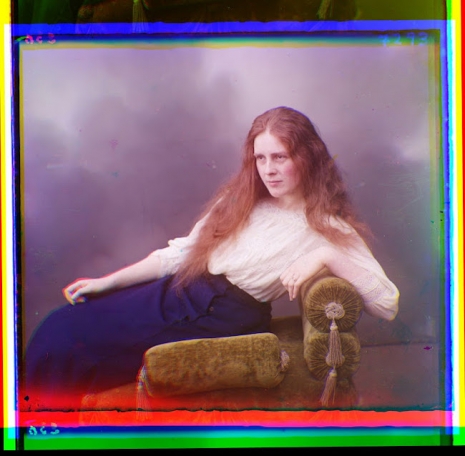
Sergey Prokudin-Gorskii (1863-1944) was a successful chemist and leading pioneer of color photography in Russia at the turn of the last century. He was financially independent enough to take up the fashionable hobby of photography. His knowledge of chemistry enabled him to master new techniques in color processing.
He decided to use these advances in color photography to document life in Russia. Using different techniques, including those first formulated by Scottish pioneer James Clerk Maxwell, Prokudin-Gorskii started taking color pictures of his homeland in 1909.
Photography was an expensive pastime. As his hyphenated surname suggests, Prokudin-Gorskii came from a long line of Russian nobility and was closely linked to the Romanov royal family. Tsar Nicholas II gave Prokudin-Gorskii a specially designed railroad carriage with its own specially converted darkroom to help him on his travels documenting Russian life.
Between 1909 and 1915, Prokudin-Gorskii traveled across the country photographing this rich, diverse and multicultural world.
On his travels, Prokudin-Gorskii found Greek women harvesting tea on the shores of the Black Sea, Italian nannies (the woman standing at the open gate below) raising middle class children in St. Petersburg, Muslim families farming on the land, Bashkir (the old woman sitting on the grey wooden steps) or Uzbek women (the woman standing on red rug of full native dress outside a yurt) and peasant girls along the Sheksna River. The wealth and richness of Russian culture surprised and impressed Prokudin-Gorskii. He decided to use his color photographs to teach all children across the land about diversity and tolerance.
Unfortunately, the commencement of the First World War led Tsar Nicholas to believe God had told him to lead his men into battle. The Tsar conscripted the bulk of Russian men off the land. These men were no longer serfs—serfdom having ended in 1861—but they were indebted to their landowners, who had taken the best of the land. This meant when Tsar Nicholas conscripted his troops he denuded farms of their laborers. The land was no longer worked, the rent no longer paid, the families no longer fed. Famine spread across country. This led Russian mothers to march for bread on International Women’s Day March 1917. Their march merged with a workers strike which turned into the first major revolt (or February Revolution) that led to the eventual demise of Nicholas.
Prokudin-Gorskii moved to France after the Revolution. His stunning color photographs beautifully capture a rich diversity of life in pre-revolutionary Russia.
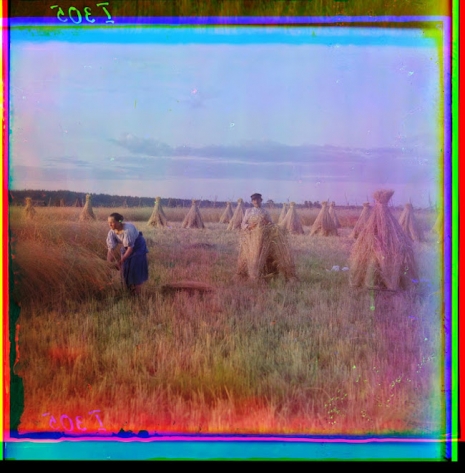
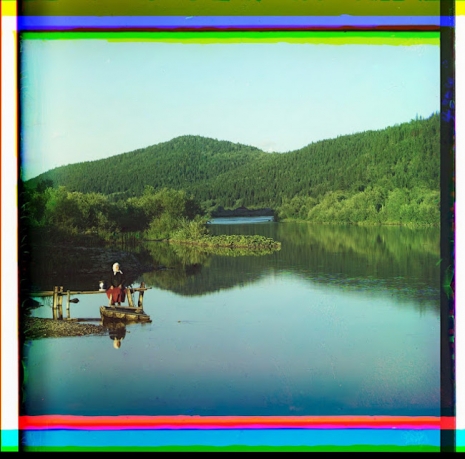


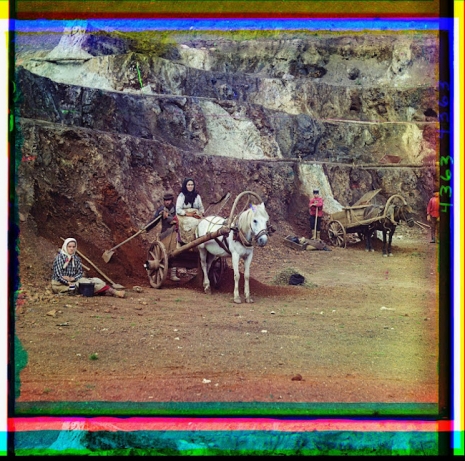




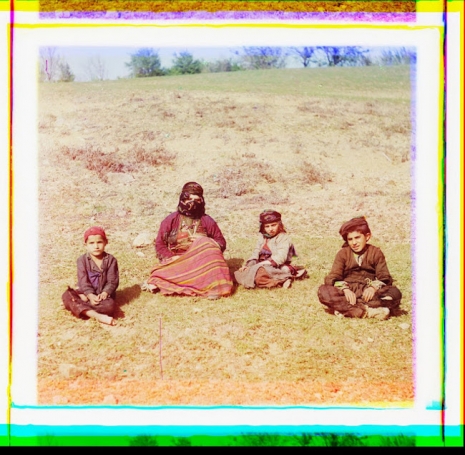
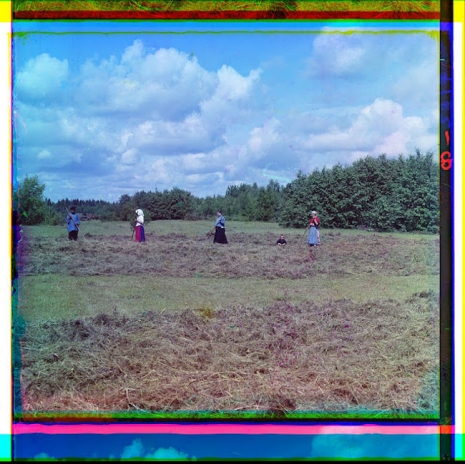

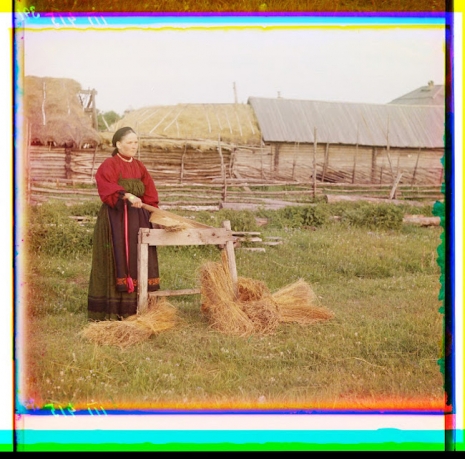
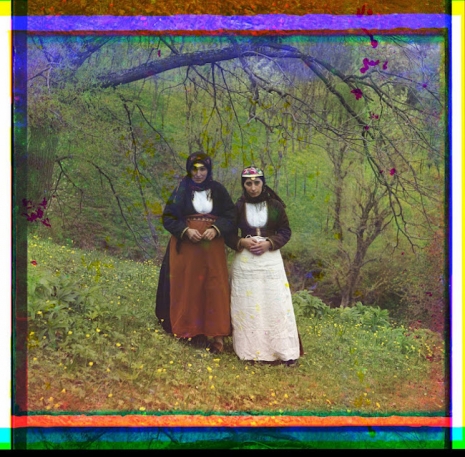



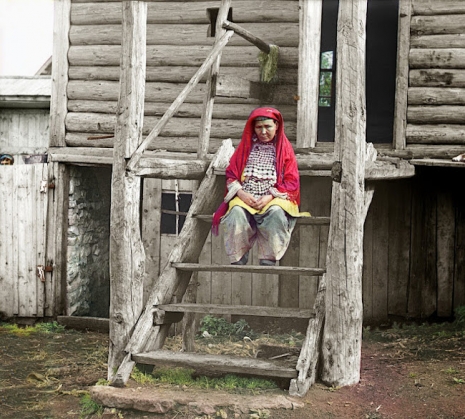


Previously on Dangerous Minds:
Beautiful color photographs of life in pre-Revolutionary Russia
Images via WikiCommons and Vintage Everyday.